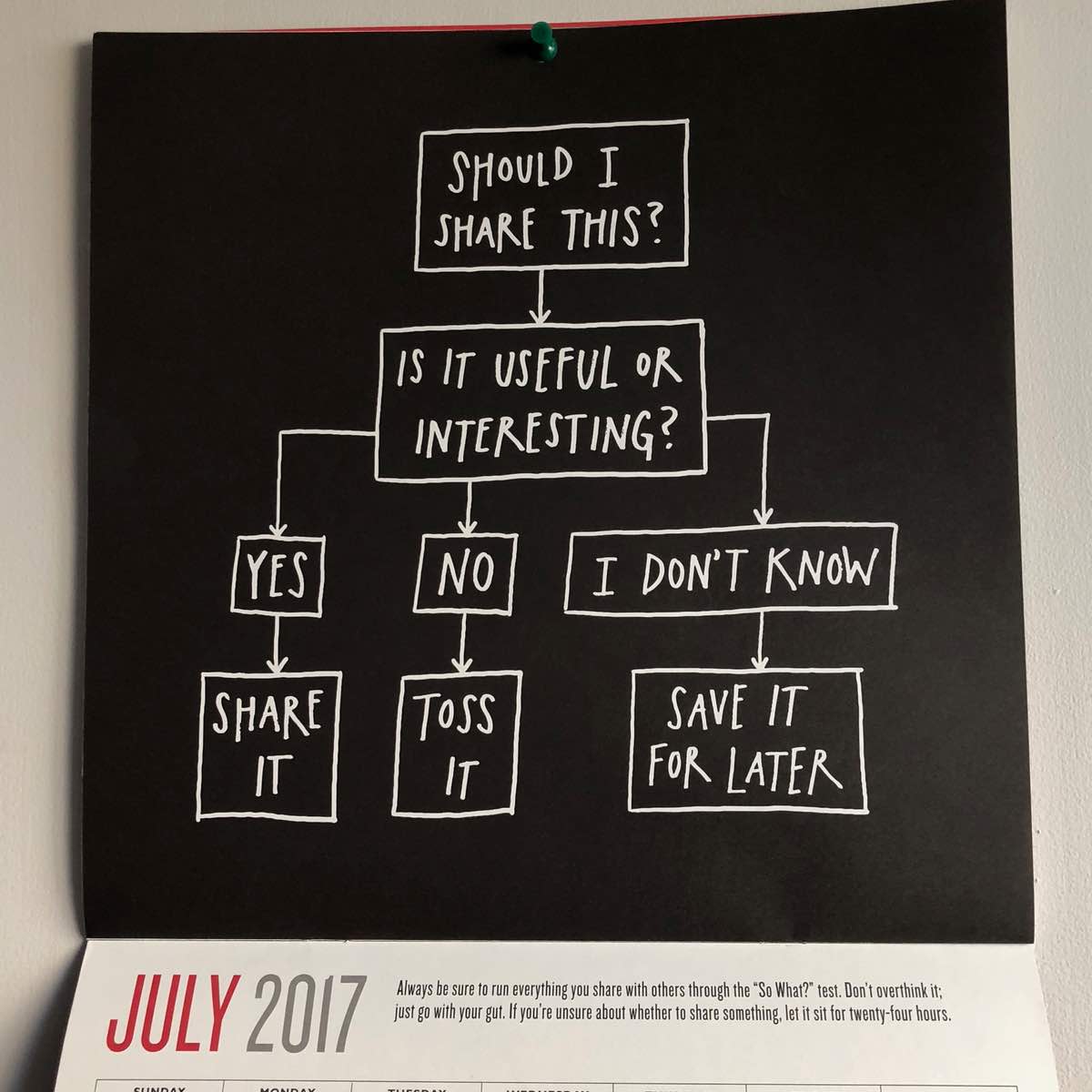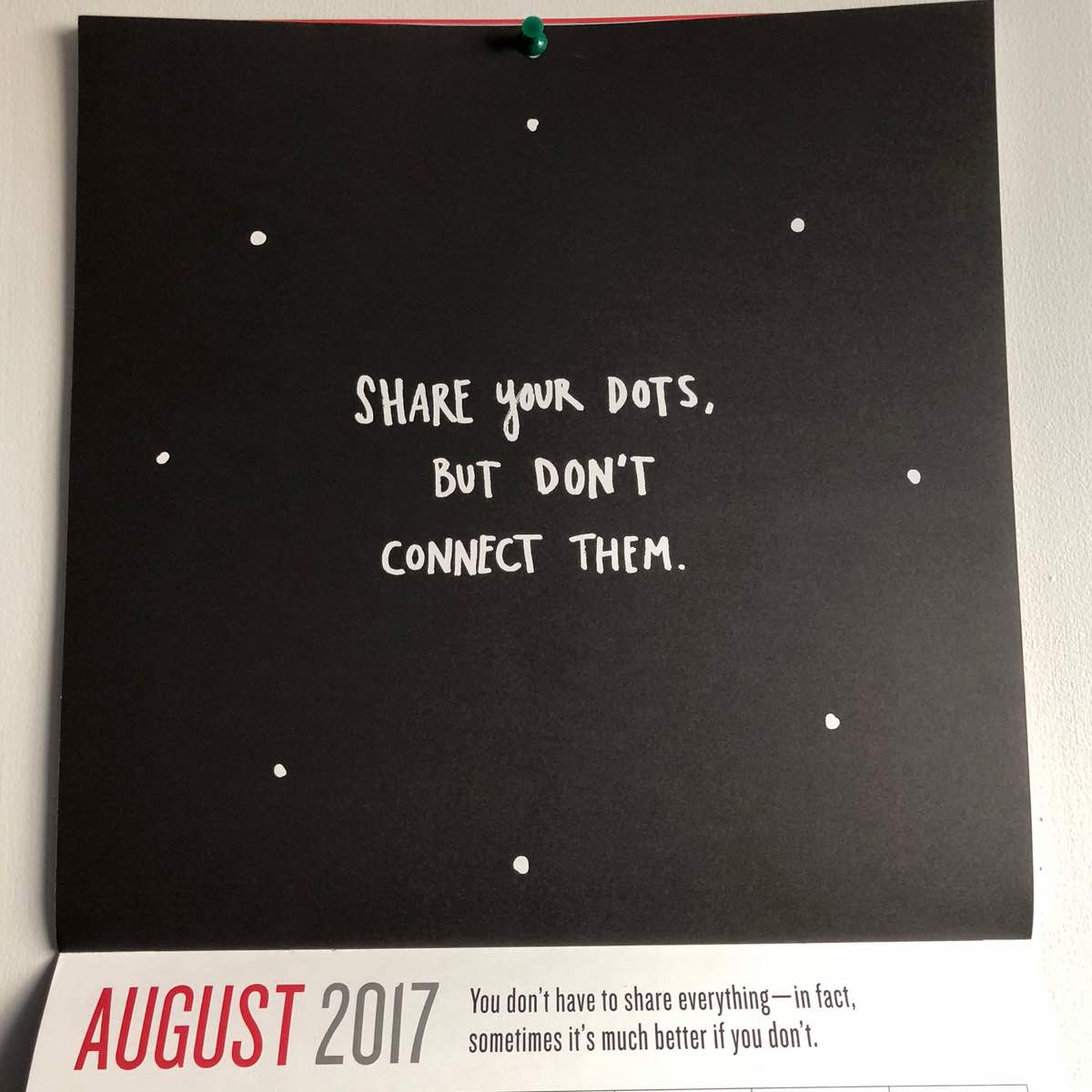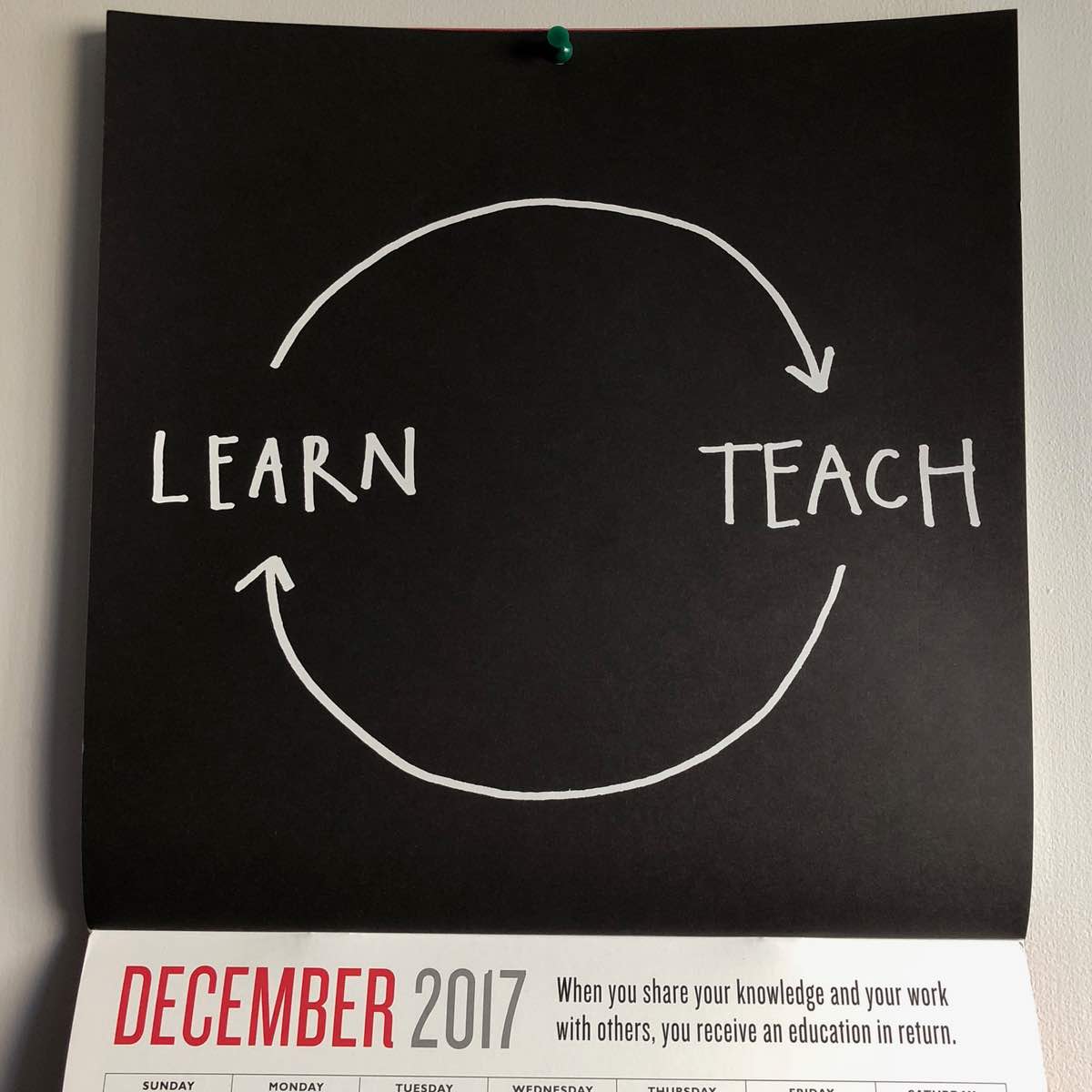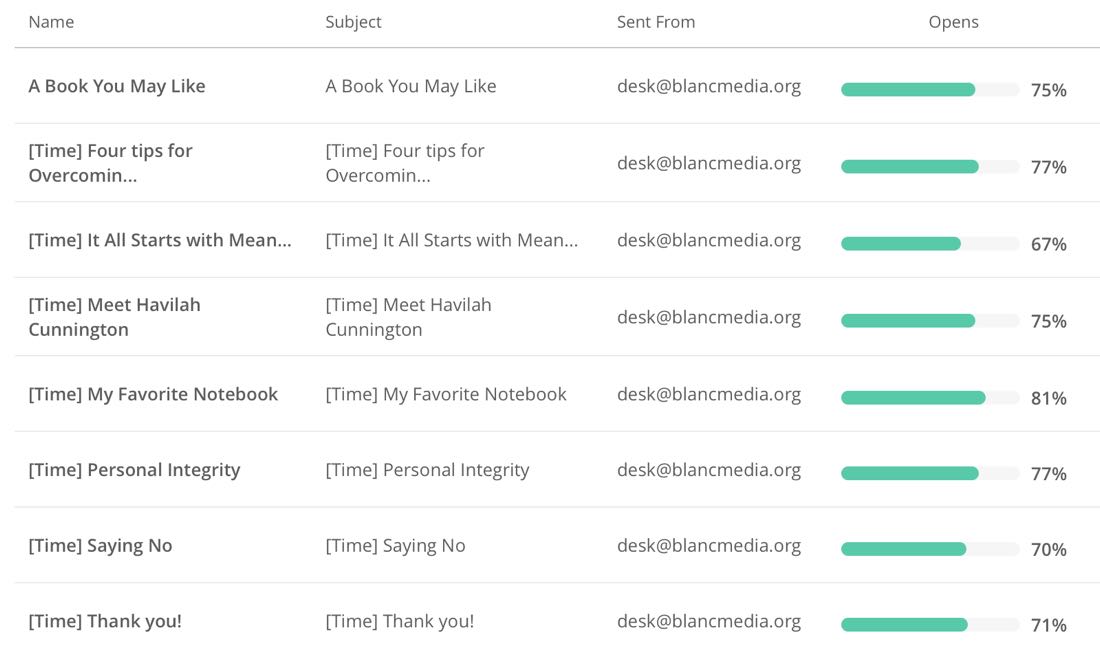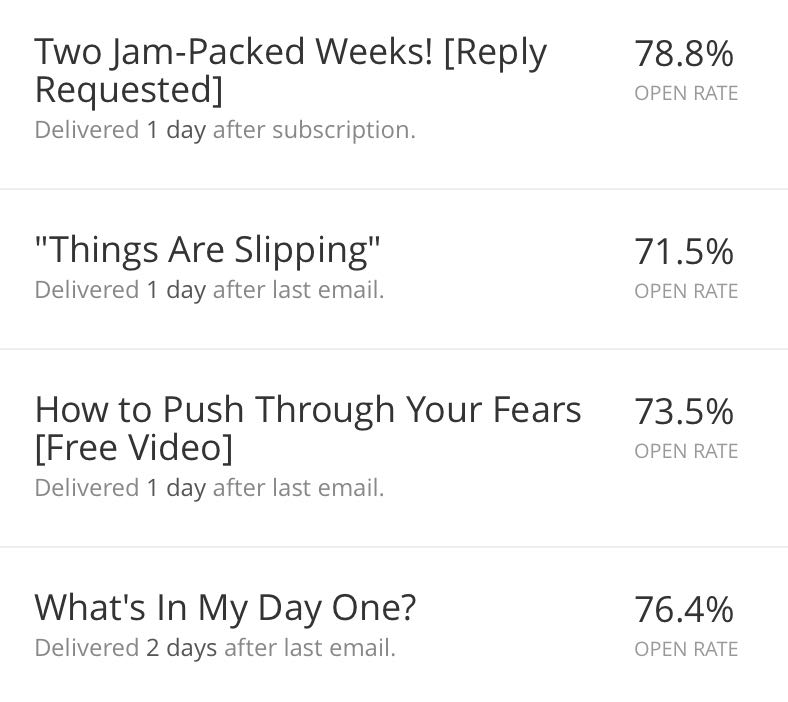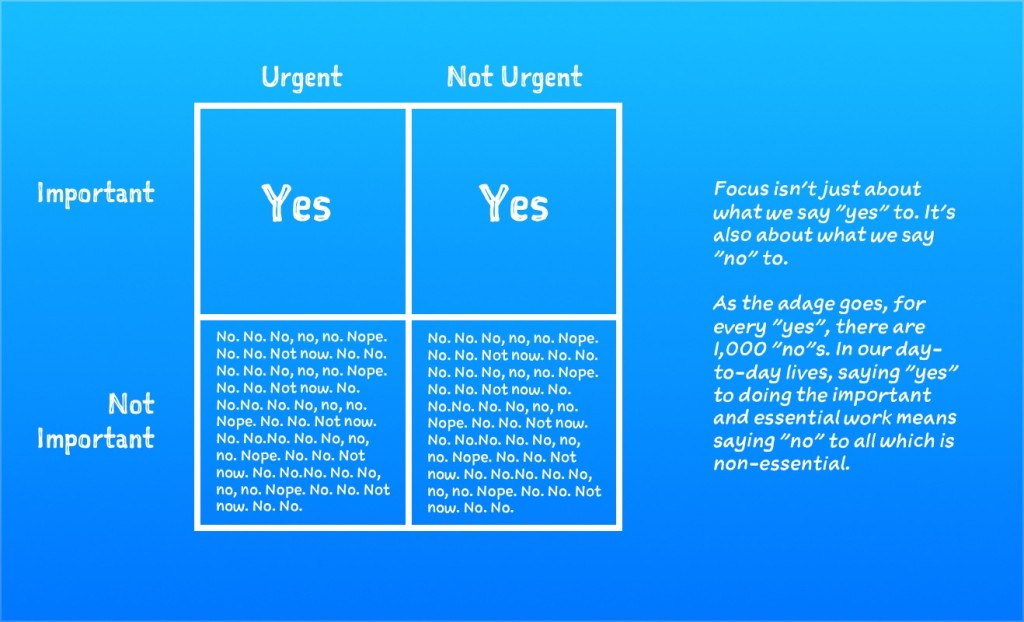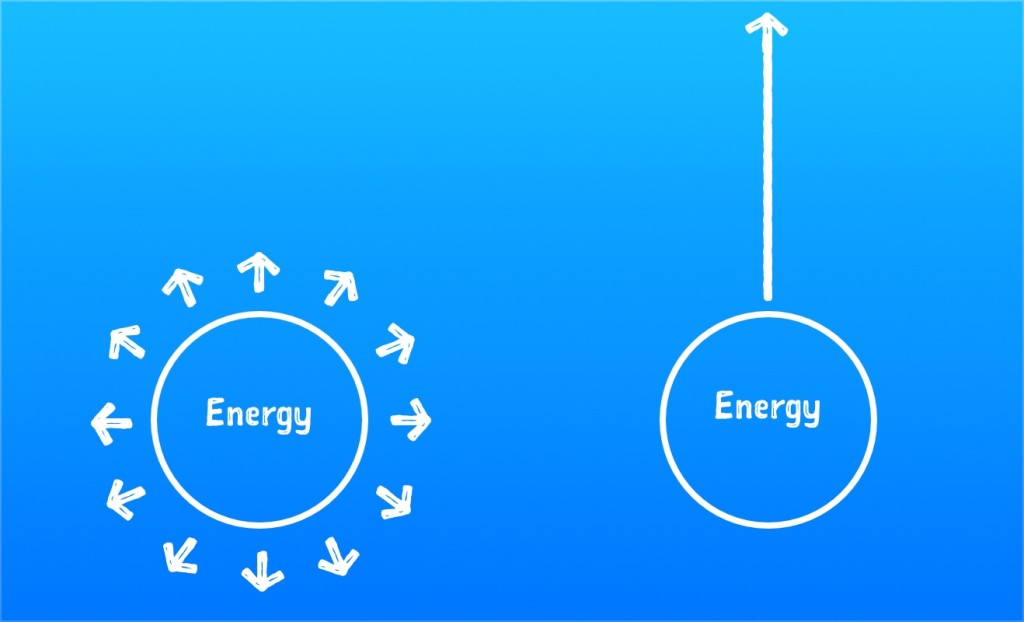On this week’s episode of The Weekly Briefly I talk about how thirsty we are to do meaningful work. It takes more than just showing up every day to do our best creative work. And if we focus too much on just the output we are doing (without taking time to learn and grow) then it can easily lead to burnout.
This week’s show is sponsored by Wired In: Eliminate Distractions. Stay focused. Get a custom, wireless, LED ‘Busy’ sign from Wired In.
And below is a transcript of the episode for those who prefer to read.
Show Notes and Transcript
I used to hate to read. I didn’t think I hated it, but I did.
I never wanted to read. I never enjoyed it. Reading felt like a waste of time. Unless I was on vacation. But reading during work hours? No way.
Four years ago I had no idea what I was doing. When I first started writing shawnblanc.net full-time, I was clueless and afraid.
In the words of Ray Bradbury, “I did what most writers do at their beginnings: emulated my elders, imitated my peers, thus turning away from any possibility of discovering truths beneath my skin and behind my eyes.”
Those early years of writing this site were difficult. They were fun, to be sure, but they were hurried. I held on to this sense that I had to keep up with the pace of the internet. And on top of that, I didn’t know what sort of writer I wanted to be or what sort of things I wanted to publish on the site. So I was running around in a hurry to publish who knows what.
Nearly all my attention was focused on publishing.
Frequency (not consistency). That was my primary measure of success. Or, at least, that’s what I assumed all the paying members wanted: more published words every day.
They tell you to ship early and ship often. As a writer, shipping means getting your words onto the page and then getting them out there into the world.
My focus was so intent on the frequency of my publishing that I rarely felt liberty to do anything that took me away from getting at least one or two links up every day. This was folly.
In his book, First Things First, Stephen Covey writes about what he calls “Sharpening the Saw”.
We often get so busy “sawing” (producing results) that we forget to “sharpen our saw” (maintain or increase our capacity to produce results in the future). We may neglect to exercise, or fail to develop key relationships. We may not be clear about what’s important and meaningful to us. If we fail to build our personal capacity in these areas, we quickly become “dulled,” and worn out from the imbalance. We’re unable to move forward as effectively in the other roles of our lives.
Maintaining and increasing our capacity is foundational for success in every area of our life. In short, don’t stop learning; don’t stop training.
But I rarely ever took time to read and study. I never took mid-day breaks. Even though I could set my own schedule, I usually worked evenings and weekends just to keep up frequency (not because I was working on something specific that had me motivated).
My intense focus on frequency burned me out. Many times. By the grace of God, I didn’t quit.
Here’s an entry I wrote in my Day One almost two years ago:
What do you do when you look at the work you’ve been doing for the past day or week or month and you think, this sucks? I don’t know if there’s an answer or not for getting past crappy work, but I bet you a sandwich the answer probably involves doing more crappy work.
Do as much as you can. Keep writing. Keep making. Write 1,000 crappy words every day. Then put them in a drawer and pretend they don’t exist lest you get depressed.
In my years of writing and doing creative-y stuff, I’ve discovered the difference between burnout and frustration. Between immaturity and fear.
Doing our best creative work every day is a hard and frightful task. But we’re in it for the long haul. We have to remember that there is a lot more to it than merely showing up to do the work.
Showing up to do the work is the brave and noble part of the endeavor. It’s what all the books and motivational posters focus on. And for good reason: if we don’t show up, well then, we’re not actually doing the work.
But let us not get so busy producing that we forget to maintain or increase our capacity to keep producing results.
For me, there were a lot of reasons I hated the idea of learning and improving in my “early years” as a writer. (I put “early years” in quotes because I’ve been a full-time writer for all of 4 years now. I’ve still got about 46 years to go before I’m out of the “early years”. But, the reasons I despised learning in those days were because:)
- I was focused on the new and the now.
- I cared too much about my site’s stats.
- I thought I needed to keep up with the speed of the Internet in order to be interesting and relevant.
- I didn’t have a long-term goal for any of my writing endeavors, other than to write about what was interesting to me today.
This is not to say that the work I was doing was bad, or wrong. Not at all. I’m exceedingly proud of the links and articles I have published here over the years. But where I needed change was in the foundation from which my writing grew.
I’m still as nerdy about apps and gadgets as I always was. Over the years, however, I’ve found a different pace that works better for me. Partly necessitated by becoming a dad.
I don’t want any of my websites to publish at the speed of the Internet. Because it is impossible to keep up with unless you neglect everything else in your life. And even then, you can only keep up with a tiny sliver of the real-time Web. It can be fun for a while, but it’s not healthy or sustainable for anyone who wants to do meaningful work for decades.
Far more valuable to me than speed and ”First!” are things such as thoughtfulness, whimsy, helpfulness, and long-term relevancy. In my experience, many of these values hide themselves from environments where urgency is the dominant motivational factor.
Who can be thoughtful when they’re in a rush?
Hurry up and be thoughtful! Hurry up and be clever! Hurry up and be helpful! Hurry up, but don’t mess up!
For me, I find much more satisfaction creating something with a long-tail of relevancy than a momentary flash in the pan. And it’s out of this contentment to publish at a slower frequency that I re-discovered the value of learning.
* * *
The value of learning
Would you scoff at the farmer who spends time keeping his tools in good working condition? Would you scoff at the painter who spends time cleaning her brushes? What about the scientist who spends time doing research and experimenting? Or the athlete who practices?
Of course not.
There is a strong connection between practicing and learning and then doing.
You must have both. Some people spend their whole life in school, never creating anything on their own. Others create, do the work, but think that’s the only thing that matters.
I know I fell into that latter group. All my focus was on making and doing and publishing. So much so that I despised learning and researching and giving my mind time to rest and think.
Professor Mihaly Csikszentmihalyi (Cheeck-sent-me-hai—lee) is a noted psychologist, and the architect the notion called Flow.
Csikszentmihalyi’s theory is that people are happiest when they are in a state of Flow — a state of concentration or complete absorption with the activity at hand and the situation. It is a state in which people are so involved in an activity that nothing else seems to matter.
Finding flow in our everyday lives is important for several reasons.
- It increases our happiness
- It gives us a focus on effectiveness
- It’s where we do our best creative work
- It’s how we make progress
- It helps us to learn new skills
However, finding flow can be challenging; it requires more activation energy. It’s much easier to just turn on the television than it is to get out the paint brushes and a new canvas and change into our artist’s painting clothes. But the latter is where we are more likely to get in the zone, to become lost in our work.
But here’s what I’m getting at: The experience of flow acts as a magnet for learning.
When we are working on something that is challenging to us and which requires the highest level of our skills, then we want to learn. Not only do we learn in the midst of our work, but our work drives our desire to learn more.
And learning — or, as Stephen Covey puts it: “sharpening the saw” — is critical to growth and quality for all the areas of our life: spiritual, physical, relational, recreational, vocational, and economical.
How Thirsty Are You?
As part of my own journey in creating The Focus Course, I’ve become a student of topics such as doing meaningful work, diligence, focus, distractions, work/life balance, and more.
I’ve always been a student of these, but mostly through my own trial and error. Now that I am building a platform to teach others, I wanted to know what smarter men and women than I have had to say about these topics.
Between my bookshelf and my Kindle there are more than 50 books about creativity, business, time management, goal setting, imposter syndrome, productivity, workaholism, parenting, and more. I’ve read all but the last few.
For a while I was getting a new book delivered 3-4 times per week (thank you, Amazon Prime). My wife, lovingly, joked that I’d gone off the deep end…
I bought the books in paperback or hardback because I wanted to highlight them, write in them, dogear them, put sticky notes in them, and have three books open all at once to compare and contrast them if I wanted to.
In his book, What to Do When it’s Your Turn, Seth Godin writes that “the internet means you can learn anything you want, if you are thirsty enough to do the work to learn it.”
And yet, despite this vast ocean of awesomeness, most of us don’t really want to learn anything. We’d rather zone out on Twitter or Netflix. Or burn out trying to make something with the sole aim that it’ll go viral.
Godin continues:
More than 100,000 people regularly sign up for advanced computer science courses online, courses that are taught by great professors and are free to all who enroll. Shockingly, 99 percent — 99 percent! — of the students drop out before they finish the course.
Not thirsty enough.
Learning is a chance to take a risk. To try something new. To observe and evaluate. To ask a question and then listen to the answer. It’s a chance to discover. To have a revelation. To have a conversation.
We learn by reading, listening, observing, doing, teaching, failing, fixing.
We can maintain and increase our capacity in all areas of our life. Ask your spouse if she has a new favorite song. Ask your co-workers what they’re struggling with at work. Watch a YouTube video about woodworking and spend the weekend making a wobbly bench with your kids.
Learning helps us to do better work. It also helps us connect with others.
It took me a few years to come to grips with the fact that it was okay for me to take time away from “producing” in order to maintain and increase my capacity to do creative work. And once I did, I realized how valuable it was to always be learning.
